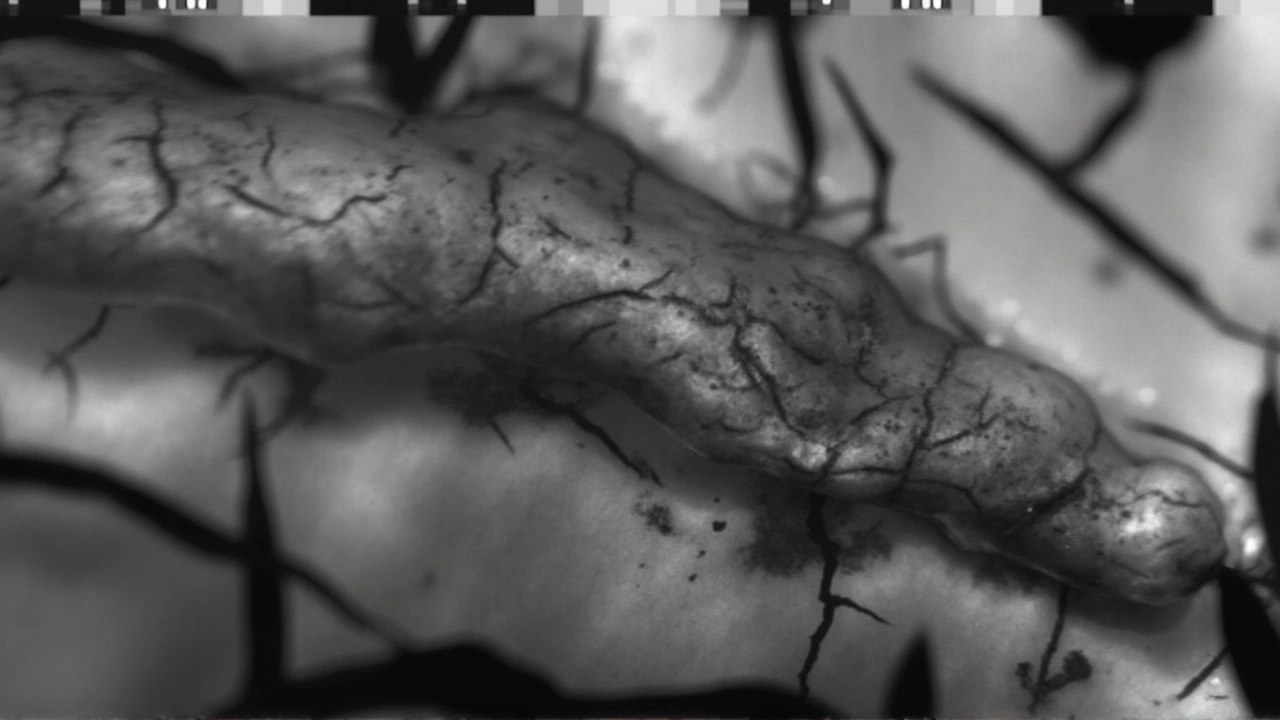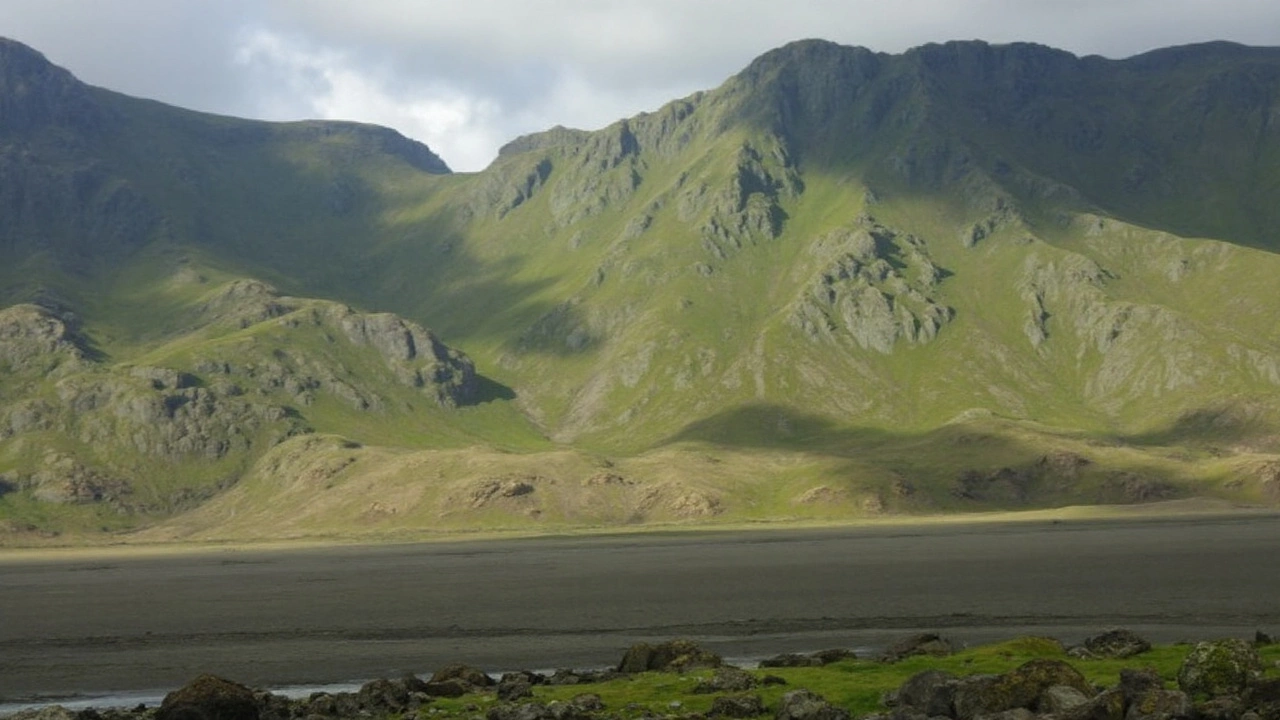What sparked the warning and how the situation unfolded
At 10:58 a.m. Alaska Daylight Time on September 18, 2025, a powerful Kamchatka earthquake rattled the Pacific. The U.S. Geological Survey logged it at magnitude 7.8, with the epicenter roughly 90 miles east of Petropavlovsk on Russia’s Kamchatka Peninsula. Within minutes, the National Tsunami Warning Center (NTWC) issued a tsunami advisory covering the western Aleutian chain from Amchitka Pass up to Attu.
The advisory is the second‑most serious level of alert—issued when small, potentially hazardous waves might appear but are not expected to cause widespread damage. Residents, fishermen, and anyone with waterfront interests were told to stay clear of beaches, marinas, and low‑lying coastal zones until more data arrived.
A quick timeline helps put the response in perspective:
- 10:58 a.m. – Magnitude 7.8 quake recorded.
- 11:10 a.m. – NTWC releases tsunami advisory for western Aleutians.
- 12:20 p.m. – Initial projections suggest any wave could reach Shemya Island.
- 1:15 p.m. – Real‑time tide‑gauge data show no significant wave activity; advisory canceled.
By early afternoon, NOAA’s network of tide gauges and offshore buoys confirmed that sea level remained flat along the remote islands. No measurable tsunami waves were detected, so the advisory was rescinded, and the all‑clear was broadcast to the affected communities.
It’s worth noting that the advisory didn’t extend to larger Aleutian hubs like Adak, Atka, Nikolski, or Unalaska. Those towns stayed out of the warning zone throughout the event, sparing them the inconvenience of evacuations or beach closures.

Aftershocks, monitoring and what this means for the Pacific basin
The September 18 quake wasn’t an isolated incident. It’s the largest aftershock of the July 29, 2025, magnitude 8.8 earthquake that shattered the Kamchatka region earlier that summer. That giant temblor sent ripples across the Pacific, prompting tsunami alerts from Hawaii to the U.S. West Coast. While the waves were modest—mostly a few inches in height—the event reminded everyone how quickly a distant quake can ripple through emergency systems.
Just five days before the 7.8‑magnitude event, a 7.4 aftershock rattled the same fault line on September 13. The pattern of increasingly strong aftershocks suggests the crust is still adjusting, a process that can last weeks or even months after a mainshock of that size.
Monitoring agencies have a layered approach:
- Seismic networks pinpoint the quake’s location and magnitude within seconds.
- Tide‑gauge stations along coastlines record any sudden water‑level changes.
- Deep‑water buoys (the DART system) measure pressure changes that indicate a passing wave.
- Satellite altimetry offers a broad view of sea‑surface anomalies, though it’s less useful for near‑coastal alerts.
All these tools worked in concert on September 18, enabling officials to cancel the advisory within three hours—a turnaround that would have been impossible just a decade ago.
The event also highlights a broader lesson for Pacific rim nations: even when a major quake occurs far from U.S. shores, the ripple effects can still trigger precautionary alerts. Still, the rapid decision‑making process saved resources and minimized public alarm, showing how refined the tsunami warning system has become.
For Alaska’s remote western Aleutians, the day ended without damage or disruption, but the episode serves as a reminder that the Pacific’s tectonic plates are constantly shifting. Residents living on isolated islands have learned to expect these alerts and respond quickly, a habit that could prove lifesaving if a larger wave ever does materialize.
Meanwhile, scientists continue to study the aftershock sequence to better model stress redistribution along the subduction zone that drives Kamchatka’s earthquakes. Each new data point—whether it ends in a wave or not—feeds into forecasts that aim to protect coastal communities worldwide.
 Sep, 23 2025
Sep, 23 2025
